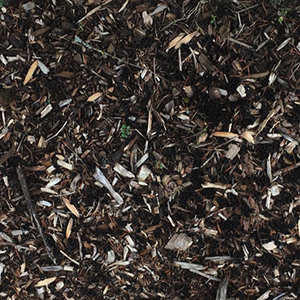Influence of the initial setting of cement on the shear strength of rice husk ash stabilised soil

Published:30 December 2022
Abstract Views: 1039
PDF: 266
HTML: 5
HTML: 5
Publisher's note
All claims expressed in this article are solely those of the authors and do not necessarily represent those of their affiliated organizations, or those of the publisher, the editors and the reviewers. Any product that may be evaluated in this article or claim that may be made by its manufacturer is not guaranteed or endorsed by the publisher.
All claims expressed in this article are solely those of the authors and do not necessarily represent those of their affiliated organizations, or those of the publisher, the editors and the reviewers. Any product that may be evaluated in this article or claim that may be made by its manufacturer is not guaranteed or endorsed by the publisher.
Similar Articles
- Vincenzo Bagarello, Vito Ferro, Dennis Flanagan, Predicting plot soil loss by empirical and process-oriented approaches. A review , Journal of Agricultural Engineering: Vol. 49 No. 1 (2018)
- Lei Liu, Xianliang Wang, Xiaokang Zhong, Xiangcai Zhang, Yuanle Geng, Hua Zhou, Tao Chen, Design and experiment of furrow side pick-up soil blade for wheat strip-till planter using the discrete element method , Journal of Agricultural Engineering: Vol. 55 No. 1 (2024)
- Mario Pirastru, Marcello Niedda, Mirko Castellini, Effects of maquis clearing on the properties of the soil and on the near-surface hydrological processes in a semi-arid Mediterranean environment , Journal of Agricultural Engineering: Vol. 45 No. 4 (2014)
- Costanza Di Stefano, Vito Ferro, Establishing soil loss tolerance: an overview , Journal of Agricultural Engineering: Vol. 47 No. 3 (2016)
- Vidas Damanauskas, Algirdas Janulevičius, Effect of tillage implement (spring tine cultivator, disc harrow), soil texture, forward speed, and tillage depth on fuel consumption and tillage quality , Journal of Agricultural Engineering: Vol. 53 No. 3 (2022)
- Najmun Nahar, Alex Otieno Owino, Sayful Kabir Khan, Zakaria Hossain, Noma Tamaki, Effects of controlled burn rice husk ash on geotechnical properties of the soil , Journal of Agricultural Engineering: Vol. 52 No. 4 (2021)
- Ugo Lazzaro, Caterina Mazzitelli, Benedetto Sica, Paola Di Fiore, Nunzio Romano, Paolo Nasta, On evaluating the hypothesis of shape similarity between soil particle-size distribution and water retention function , Journal of Agricultural Engineering: Vol. 54 No. 4 (2023)
- Alex Otieno Owino, Najmun Nahar, Zakaria Hossain, Noma Tamaki, Effects of basalt fibres on strength and permeability of rice husk ash-treated expansive soils , Journal of Agricultural Engineering: Vol. 53 No. 1 (2022)
- Longlong Wang, Changjiang Zheng, Mingke Li, Tongtong Mi, Songze Li, Xuemei Yi, Drag reduction design and experiments for the chisel-shaped shovel tip , Journal of Agricultural Engineering: Vol. 55 No. 3 (2024)
- Shadrack Kwadwo Amponsah, Ahmad Addo, Komla Dzisi, Jean Moreira, Sali Atanga Ndindeng, Comparative evaluation of mechanised and manual threshing options for Amankwatia and AGRA rice varieties in Ghana , Journal of Agricultural Engineering: Vol. 48 No. 4 (2017)
You may also start an advanced similarity search for this article.

 https://doi.org/10.4081/jae.2022.1411
https://doi.org/10.4081/jae.2022.1411 






